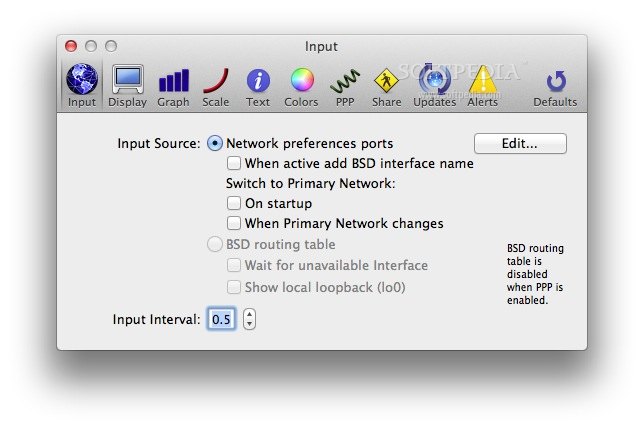

- #Net monitor v6.0 review how to#
- #Net monitor v6.0 review install#
- #Net monitor v6.0 review code#
- #Net monitor v6.0 review download#
This tool is available from the download center as part of the Windows Assessment and Deployment Kit (ADK) for Windows 8. Use to determine overall system performance such as your app's memory and storage use when multiple apps are running on the same computer. For memory-specific issues, see Using PerfView for Memory Investigations.
#Net monitor v6.0 review how to#
For more information about how to use PerfView, see the blog posts. This tool uses event tracing for Windows (ETW) and CLR profiling APIs to provide advanced memory and CPU investigations as well as information about garbage collection and JIT compilation. Use to identify CPU and memory-related performance issues. For more information, see App profiling for Windows Phone 8.
#Net monitor v6.0 review install#
This tool is available from the Debug menu for a Windows Phone project in Visual Studio after you install the Windows Phone SDK. Use to analyze the CPU and memory, network data transfer rate, app responsiveness, and battery consumption in your Windows Phone apps. Note: Use Windows Phone Application Analysis (see next row) when targeting Windows Phone. For more information, see Performance Explorer.

This tool is available from the Debug menu in Visual Studio after you open a project. NET Framework apps that will be deployed to computers that are running the Windows operating system. Here are some of the performance tools you can use with your. The following sections describe performance tools you can use to analyze your apps and discuss event tracing, which is used by these tools. By analyzing your app’s performance early and often you can change architectural decisions that would be costly and expensive to fix later in the development cycle. Measure your app in the environment and hardware that you expect your users to have. Analyzing performanceĪs part of your overall development plan, set points during development where you will measure the performance of your app and compare the results with the goals you set previously.
#Net monitor v6.0 review code#
Also, if you determine which parts of your code execute more frequently, you can make sure that these portions of your code are well optimized. If your app uses a lot of memory, it may appear sluggish to the user or affect other apps running on the system, or, in some cases, it could fail the Windows Store or Windows Phone Store submission process. Startup time and responsiveness are two key areas that will affect the user's perception of your app. To determine the areas that are crucial to performance and to establish your performance goals, always consider the user experience. You can do this by measuring performance early in your development process. However, you should develop an understanding of which parts of your target platform are costly in terms of performance. You don’t have to be completely familiar with your target platform to create a high-performance app. Because each app is different and has different performance-critical execution paths, determining those paths early and focusing your efforts enable you to maximize your productivity. You should determine the performance-critical scenarios in your app, set performance goals, and measure performance for these app scenarios early and often.

If you want a great performing app, you must design performance into your app just as you would design any other feature. This topic lists the performance analysis tools that Microsoft provides, and provides links to other topics that cover performance for specific areas of app development. You can use the tools provided by Microsoft to measure your app's performance, and, if needed, make improvements to memory use, code throughput, and responsiveness. If you want to create apps with great performance, you should design and plan for performance just as you would design any other feature of your app.


 0 kommentar(er)
0 kommentar(er)
